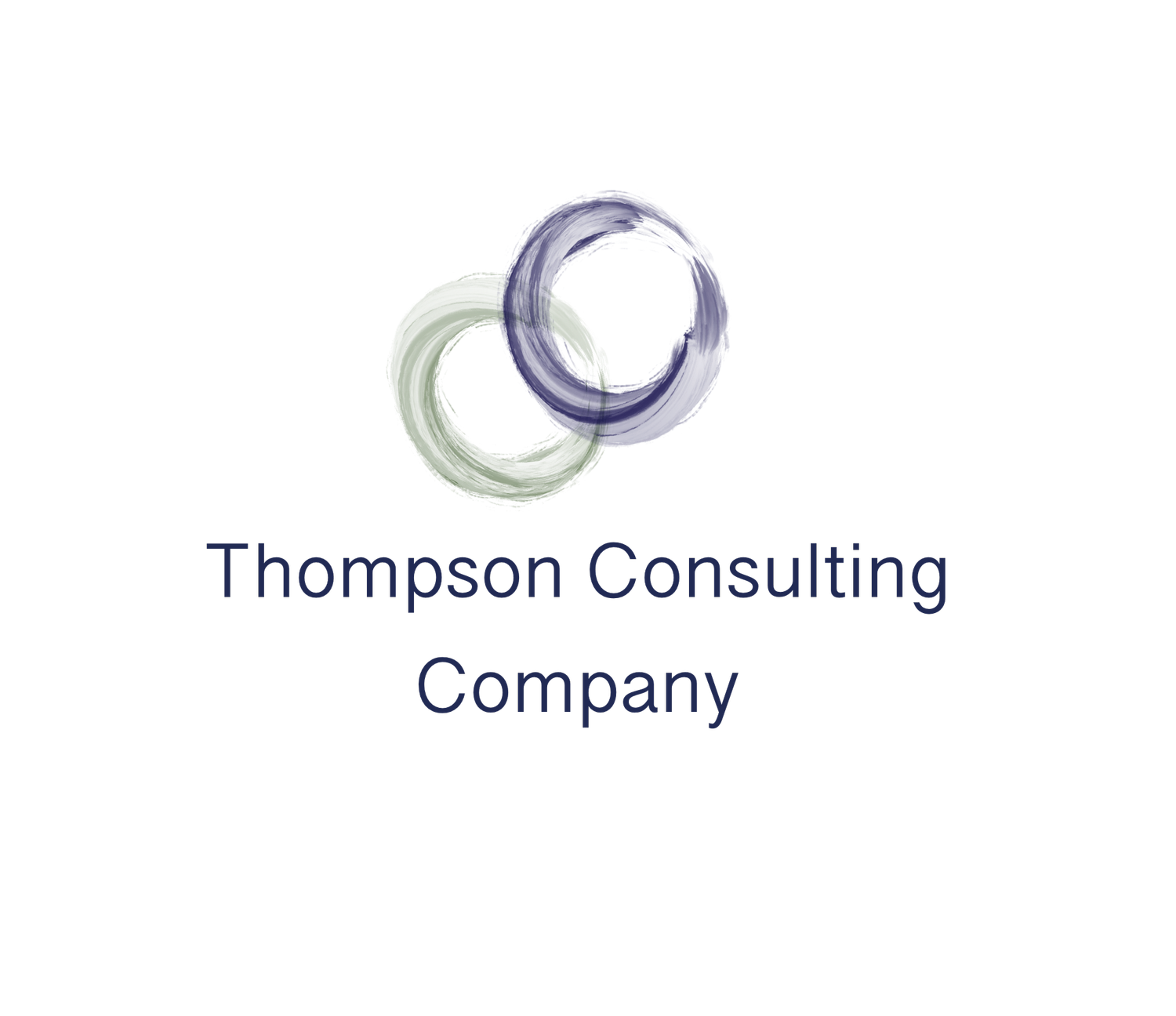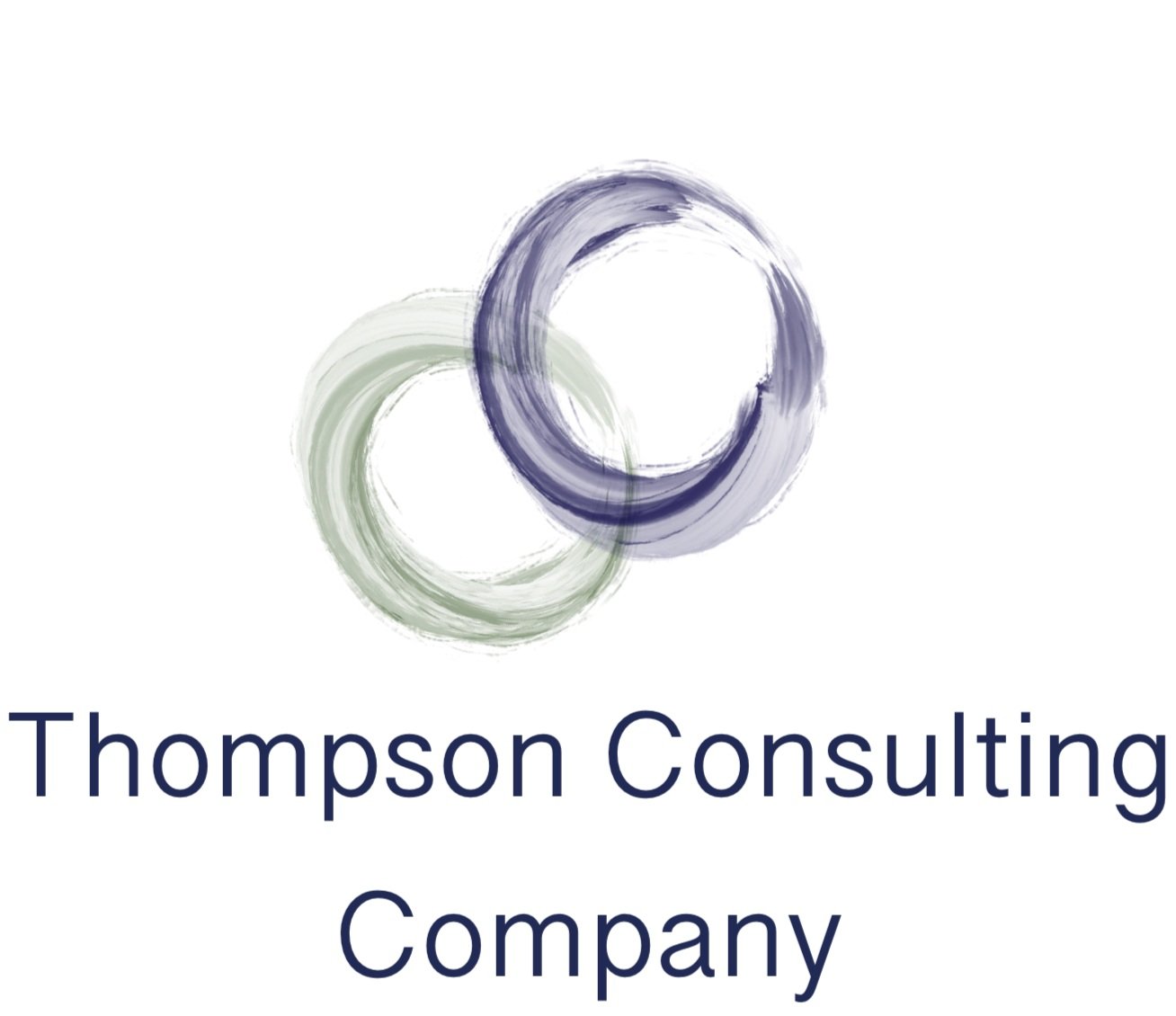So What Do You Do Again?
“What do you do?”
It’s THE most asked question when you meet new people at dinner parties and networking events. It’s easy for some people to answer. And then there are those of us with professions that require a little more than a title in order to understand what we actually do. That’s what this is about: What does someone like me really do?
What do I call myself?
I generally refer to myself as an executive coach and organizational development consultant, though there are lots of terms that refer to people like me. Management consultant, professional facilitator, business consultant, leadership development consultant, etc. I’ve thought about coming up with something new that encompasses all of it, like “Culture and Leadership Engineer” or something similar, but then even fewer people would understand what I do based on my title.
Why does my profession exist?
Both public and private organizations hire people with my skillset to do a lot of different things. I’ll talk about the specifics of exactly what I do later. But if I’m exclusively talking about why I get hired, it’s that effective leaders and organizations know that leadership and culture will determine their long-term business success. Business success is usually thought of as financial success in the private sector, though I’d argue that success isn’t just about your bottom line. The way leaders lead, the way teams work together, and the experience employees have with their leaders and teams all play an irreplaceable part in every key factor associated with business success. It’s nearly impossible for your customers to have a great experience consistently if your employees aren’t having a great experience consistently. Your employees aren’t going to have a great experience unless leaders are leading well and embodying the kind of culture you want to have in your organization.
To sum it up more concisely, if an organization succeeds in regard to people, leadership, teams, and culture, then that organization is exponentially more likely to achieve long-term business success.
What do you do to help leaders and organizations achieve business success?
This is the part everyone really wants to hear, and I rarely get enough time in a quick introduction to describe it because it requires some detail. These are the ways I help organizations to be successful at people, leadership, teams, and culture so they can be successful in achieving business goals. Broadly speaking, there are 4 ways I help leaders, teams, and organizations. I’ll briefly describe each of them, and if you want to get more detail about me or my approach, you’ll have to read more of my blog posts. Or better yet, reach out and we’ll talk over coffee.
1. Executive Coaching. Coaching is a one-on-one relationship designed to help leaders and individuals navigate challenges, develop skills, and grow self-awareness. There are endless reasons for leaders to partner with an executive coach, including situational coaching, growth and development, an advisory relationship, and prescribed coaching. Regardless of which type of coaching we’re engaged in, I will always focus on identifying and developing strengths. Whenever it is applicable and possible, I strongly recommend a 360 process where I interview people around the person being coached to collect meaningful, qualitative data to help the client to understand their strengths and how to leverage them. It also gives real data that helps the client understand how they show up to others.
2. Teambuilding. This kind of work can take place at any level in an organization. Much like coaching, teambuilding engagements can focus on a specific issue or situation, or they can be for team growth and development. Effective teams that operate at a high level know how to build trust, navigate conflict, develop shared priorities and commitment, communicate about accountability and responsibility, and focus on results. Highly effective teams are also made up of individuals that want success for other team members. Teambuilding engagements focus on helping teams develop all of these skills and attributes, and can include relevant training, relationship building, development of shared team priorities and commitments, and group process.
With Executive Teams, teambuilding engagements can be particularly impactful for both the team and the organization. When top level leadership leads by example through embodying positive and effective culture, the effect reaches far and wide through the organization. With executive teams, if we work together and mutually decide that an ongoing relationship would be beneficial, a long-term advisory relationship is possible.
3. Organizational Development. This is possibly the least understood part of what professionals like me do, which is unfortunate because it’s often some of the most fun and rewarding work. There are many facets to organizational development. One of the most important pieces is the development of clear mission, vision, and values statements. But don’t stop there! Most of us have probably worked for a company that put their mission and values on posters on the wall, but then proceeded to ignore them in day-to-day operations. I help teams and organizations organize their culture around their mission, vision, and values. The statements themselves are useless or even hypocritical if leaders don’t walk the talk and embody them. This means learning to use mission, vision, and values regularly to make difficult decisions, inform performance reviews, set priorities, hire the right people, and so much more. I help create the statements for the posters, but more importantly, I help you get the words off the wall and into your culture. One other very important way I help organizations at this level is through qualitative assessment (interviewing people throughout the organization and conducting focus groups) and survey review. Having an accurate, meaningful picture of your organization’s culture is the starting point for being able to engineer the culture you want to have. Organizational development is about culture, the purpose of the organization, and the plan you have to get where you want to go.
4. Conflict Resolution. We all know that in any situation where you have two or more human beings, there is potential for conflict. I help people in conflict to better understand what they really want or need, what other involved parties want or need, and all the possible paths to deal with the conflict in a healthy way. Ongoing, unaddressed conflict often keeps individuals, teams, and organizations from achieving their goals.
So now you have the short version of what I do. The next step is to get together and talk more specifically about what I can do for you. I’m always open to a phone call, lunch, or coffee with anyone who would like to have a conversation.

